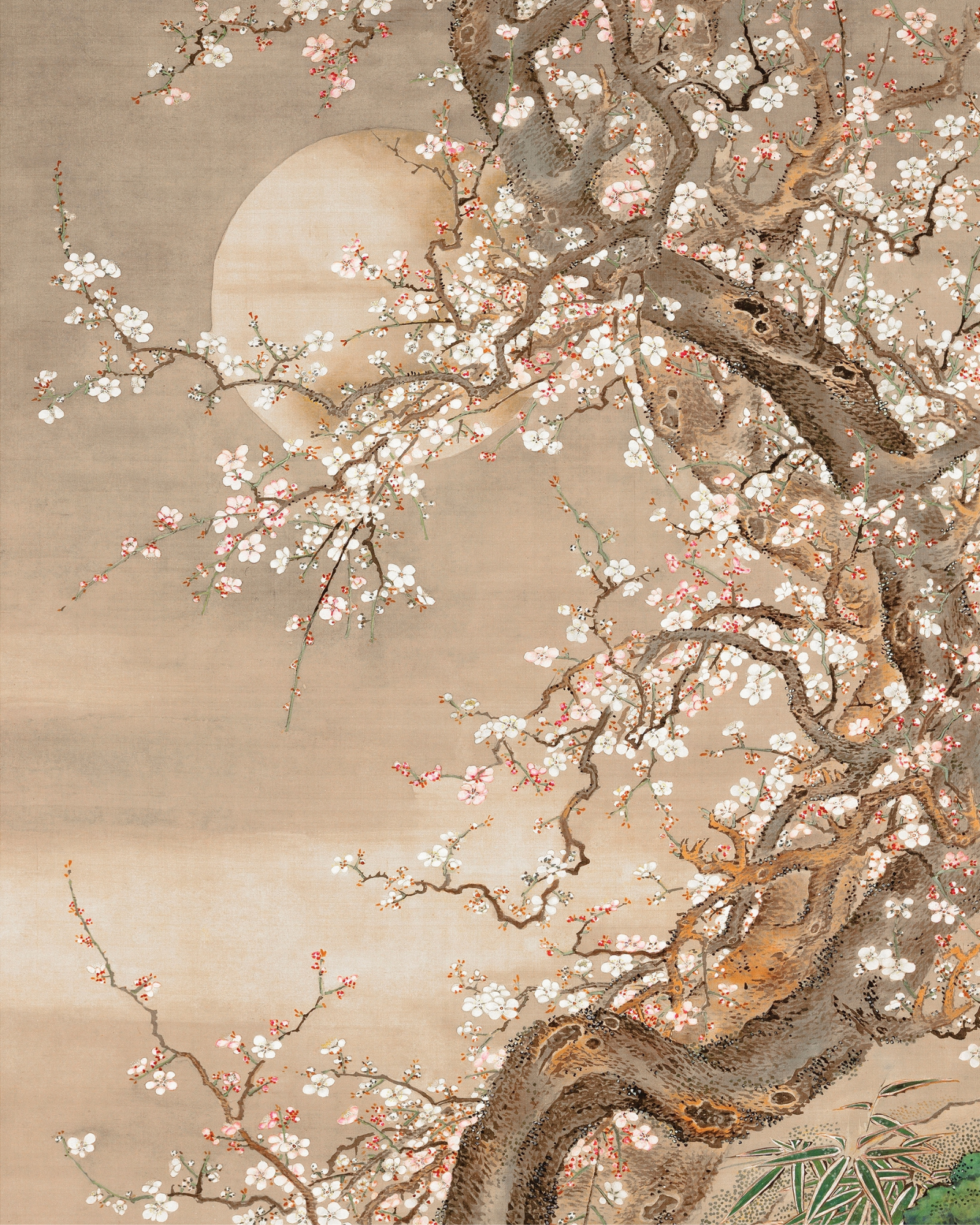Hiriaki Takahashi: A Modern Visionary Rooted in Japanese Tradition

Hiriaki Takahashi is a contemporary Japanese artist celebrated for his innovative approach to traditional art forms. Merging ancient techniques with modern aesthetics, Takahashi creates works that resonate with both cultural heritage and the dynamic spirit of today. His art bridges the gap between tradition and modernity, offering a fresh perspective on Japanese artistic expression.
The Artistic Journey of Hiriaki Takahashi
Born in the bustling city of Osaka, Hiriaki Takahashi grew up in a vibrant mix of urban life and cultural tradition. From an early age, he was captivated by the intricate designs of kimono fabrics and the serene beauty of sumi-e (ink wash painting). This duality shaped his artistic identity, inspiring him to explore how traditional art could evolve in a rapidly changing world.
Takahashi pursued formal training in traditional Japanese painting (nihonga) and later studied contemporary art techniques. This fusion of disciplines became the foundation of his unique style, which combines time-honored methods with innovative materials and concepts.
The Style and Techniques of Hiriaki Takahashi
Hiriaki Takahashi’s art is a celebration of contrast and harmony. His works often feature bold, modern elements alongside delicate traditional motifs, creating a striking visual dialogue.
Blending Materials: Takahashi is known for his experimentation with mixed media. He incorporates materials like gold leaf, acrylics, and digital projections into his paintings, enhancing their texture and depth. His use of vibrant colors alongside muted tones creates a balance between energy and calmness.
Dynamic Brushwork: Inspired by sumi-e, Takahashi employs fluid and expressive brushstrokes to convey movement and emotion. His works, such as Windswept Dreams, capture the energy of nature while retaining the meditative quality of traditional ink art.
Cultural Symbolism: Takahashi often incorporates traditional Japanese symbols, such as cranes, koi fish, and cherry blossoms, into his work. These elements serve as a bridge between the past and the present, reminding viewers of Japan’s rich cultural heritage.
Themes in Takahashi’s Art
Harmony Between Tradition and Innovation: A recurring theme in Takahashi’s work is the coexistence of old and new. His art reflects Japan’s cultural evolution, where ancient traditions continue to influence modern life.
Nature’s Beauty and Power: Takahashi’s deep respect for nature is evident in his work. From serene landscapes to dynamic ocean waves, he captures the essence of Japan’s natural beauty. His series Whispers of the Earth explores the connection between humanity and the environment.
Life’s Transience: Influenced by the Japanese concept of mono no aware (the awareness of impermanence), Takahashi’s art often depicts fleeting moments, such as falling petals or shifting clouds. These works evoke a sense of nostalgia and appreciation for the present.
Global Recognition
Hiriaki Takahashi’s innovative approach has earned him international acclaim. His works have been exhibited in renowned galleries and art fairs worldwide, including the Mori Art Museum in Tokyo, the Venice Biennale, and the Art Basel fair.
One of his most celebrated installations, Echoes of Eternity, features a cascading waterfall of illuminated paper cranes. This piece symbolizes hope, resilience, and the interconnectedness of all living things.
Legacy and Influence
Beyond creating art, Takahashi is a passionate advocate for preserving and evolving traditional Japanese techniques. He collaborates with artisans across Japan to integrate traditional crafts like lacquerwork and ceramics into his projects, ensuring these techniques remain relevant in modern art.
Takahashi also mentors young artists, encouraging them to explore their heritage while embracing innovation. Through his workshops and lectures, he inspires the next generation to honor their roots while pushing creative boundaries.
Hiriaki Takahashi’s art is a testament to the enduring power of tradition in a rapidly modernizing world. By seamlessly blending ancient techniques with contemporary ideas, he creates works that are both timeless and forward-thinking.
Through his visionary approach, Takahashi reminds us that art is not just about preserving the past—it is also about reimagining it for the future. His legacy is one of creativity, connection, and cultural pride, making him a vital voice in the world of Japanese art.